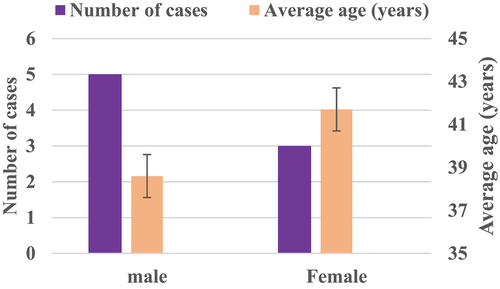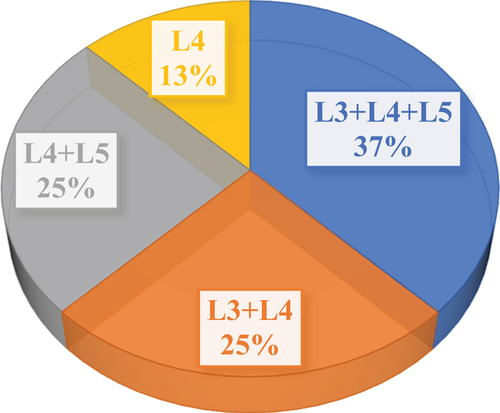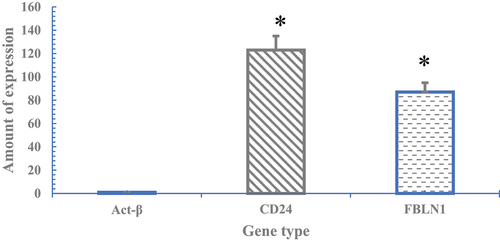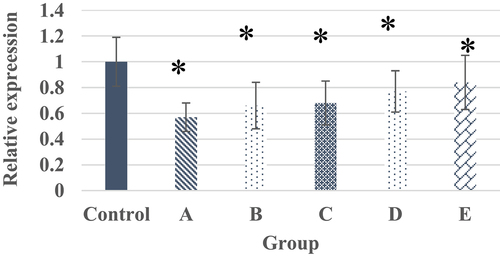Figures & data
Figure 3. Microscopic image of nucleus pulposus cells in the first transfer generation.
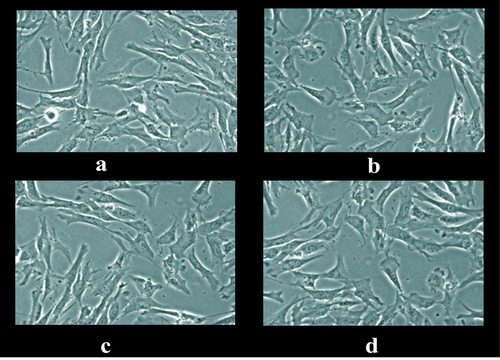
Figure 5. CCK-8 OD values of nucleus pulposus cells with different concentrations of α2 MG in each period of culture.
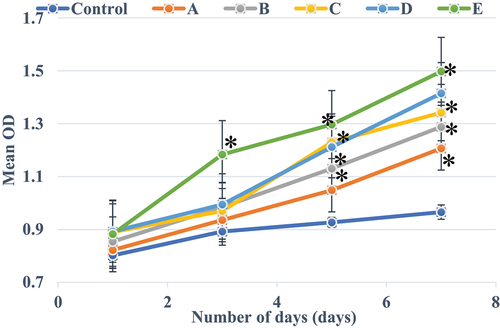
Figure 6. The morphology of nucleus pulposus cells in each culture period.
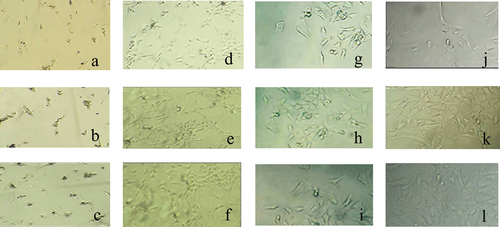
Figure 7. Comparison on SOA content in each group of patients.
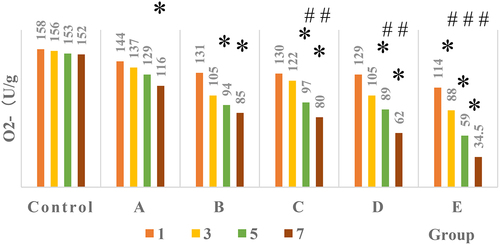
Figure 8. The SOD activity curve of nucleus pulposus cells in each culture period.
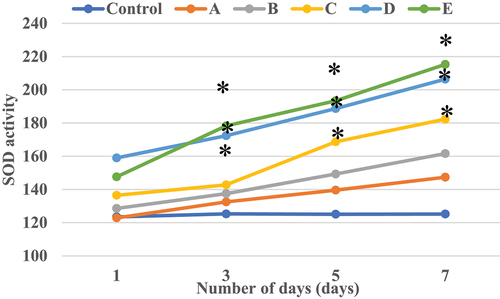
Figure 9. The electrophoresis results of each group of samples.


